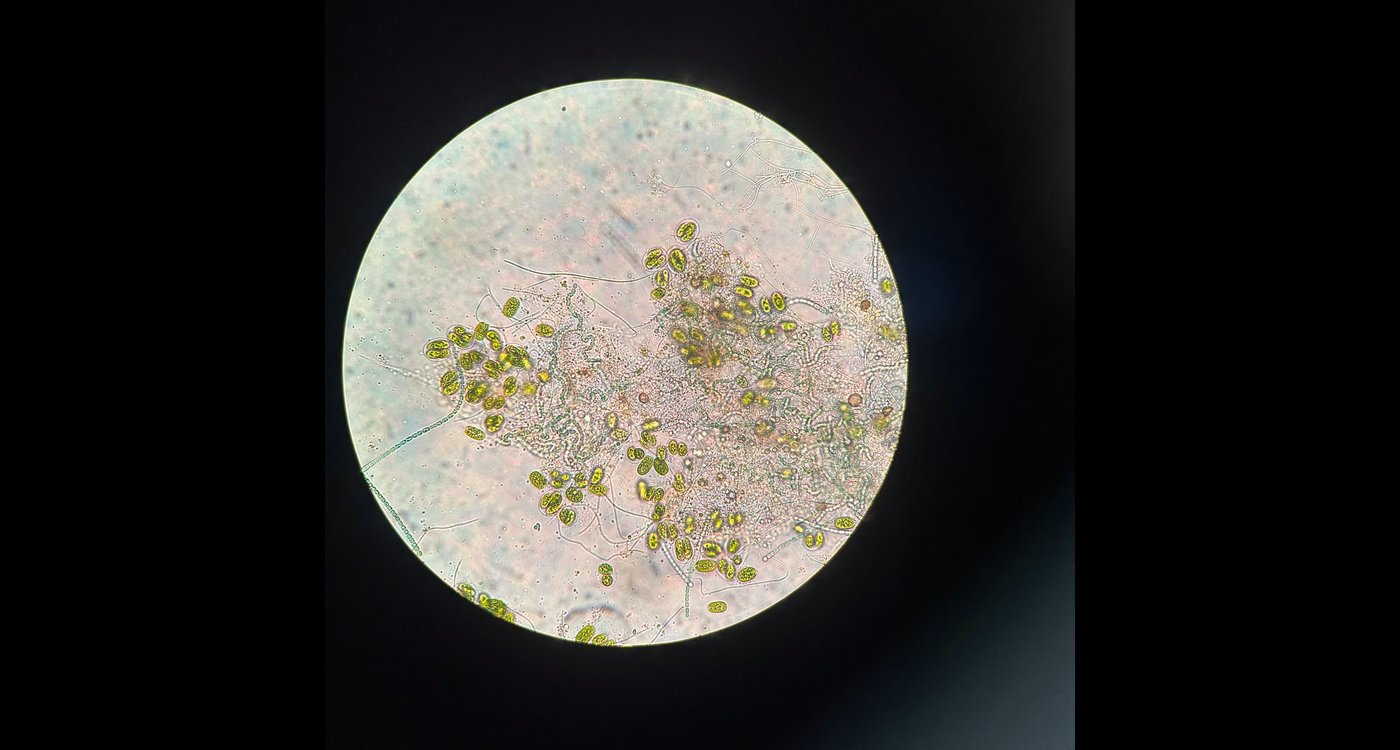
Worms, plankton, water fleas, sedges, algae, and cattails—the foundations of the food web in Toronto’s Don River ecosystem, simply woke up again after 130 years of entombment, stunning scientists.
The Don River was tamed and turned into a canalized, industrial waterfront at the turn of the century, and was recently the focus of one of the largest wetland rewilding efforts in North America.
As the bulldozers removed layer after layer of weeds, dirt, gravel, and industrial debris, they suddenly started digging up native reeds and cattails. Scientists combing through soil samples began seeing life—and lots of it—munching or lounging around as if nothing had ever happened.
Seeds and pollen from centuries past—from extinct trees—were turned up, and the whole restoration suddenly took on a very different countenance: one of assurity and celebration.
The Don River Restoration program was first launched in 2007 after it was determined that the concrete embankments that narrowed the river’s flow through one of the biggest cities in North America was at the root of the area’s flooding problems.
It was after the returning of the river’s flow to a meandering track that a new island was created, and the century-old life started to be found.
“When the project started, it was like being on the Moon. The space was so just barren, so awful, dusty. It was bereft of any life,” said Melanie Sifton, a horticultural expert who was on site at the time the cattails and sedges were spotted. “To find what we did—it was like finding buried treasure.”
Sifton was part of a team that selected 50 individual clods of dirt for microscopic analysis in the labs of Toronto, and it was in these clods that scientists began to witness something that seemed impossible.
Life had either just carried on all the same after being buried, or it had entered some state of suspended animation, like a form of hibernation, where all it took was a little sun or water to wake it all up again.
LIFE FINDING A WAY: Charlotte the Stingray, Single for 8 Years, Celebrated V-day with ‘Impossible’ Litter of Non-Fertilized Eggs
And that’s exactly what happened: water fleas from a soil strata dating to the 1800s just picked up where they left off once water flooded the soil samples. More recent soil layers contained tiny worms munching away on algae.
“The soil was ready to turn on. And that’s what I love so much about it,” said Shelby Riskin, a soil expert at the University of Toronto. “The microbes, the nutrients, all of those pieces that are so small and outside of the human scope of vision, that we don’t totally understand as well, were ready to make the soil into a thriving ecosystem.”
MORE RIVER RESTORATION PROJECTS: Birds Sing Anew After Residents of New Orleans Ninth Ward Restore 40-Acre Wetland to Historic Glory
And that’s exactly what happened. The Don River and the fateful island with its cattails and water fleas are now a 24-acre wildlife refuge where snowy owls, eagles, muskrat, and beaver can be spotted. During heavy rains, the meandering course does its job and slows the flow of the water on towards the Great Lakes while dispersing the extra in marshy areas along the banks. No flooding, no millions in damages.
SHARE This Perfect Example Of How Life Finds A Way…


Leave a Reply